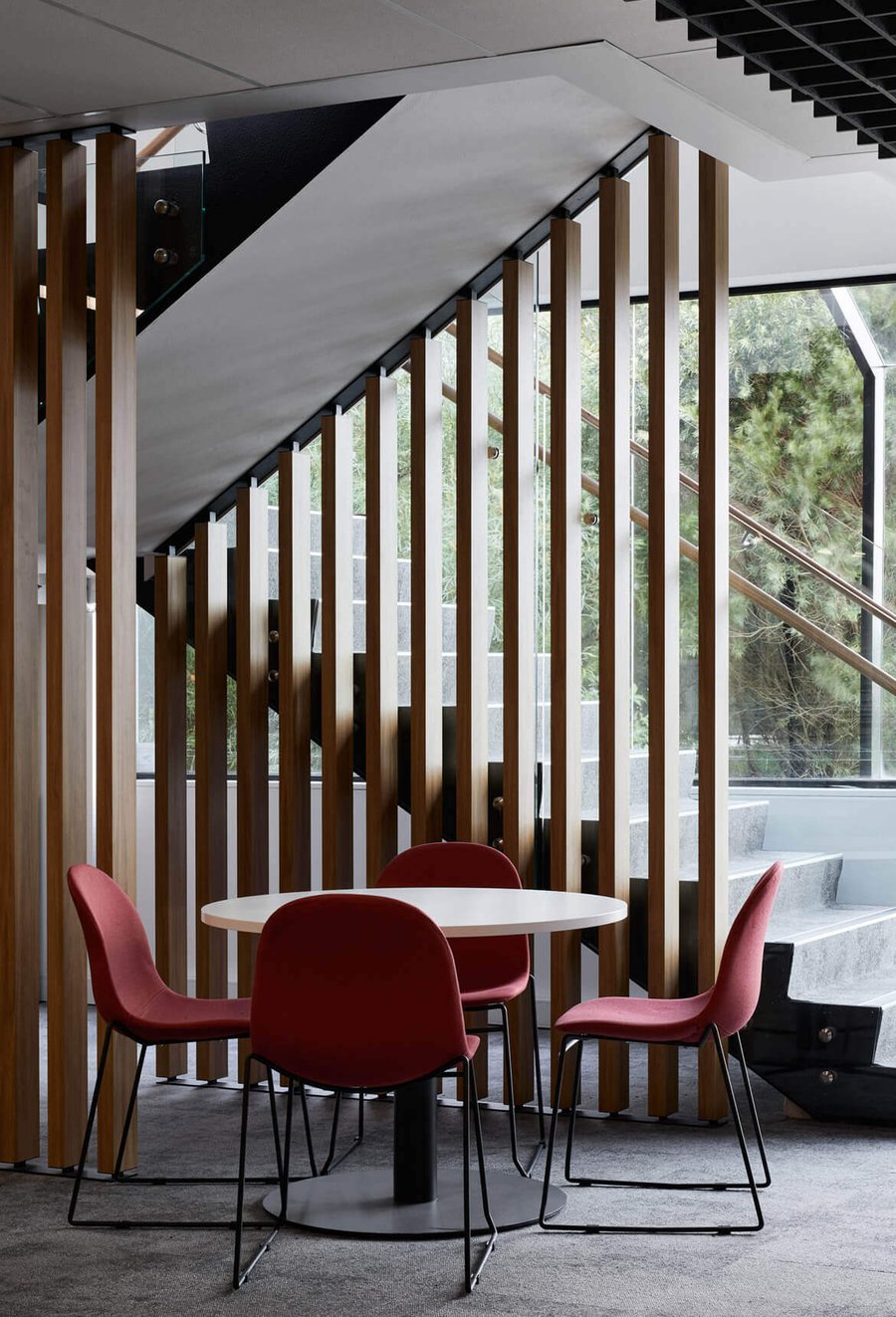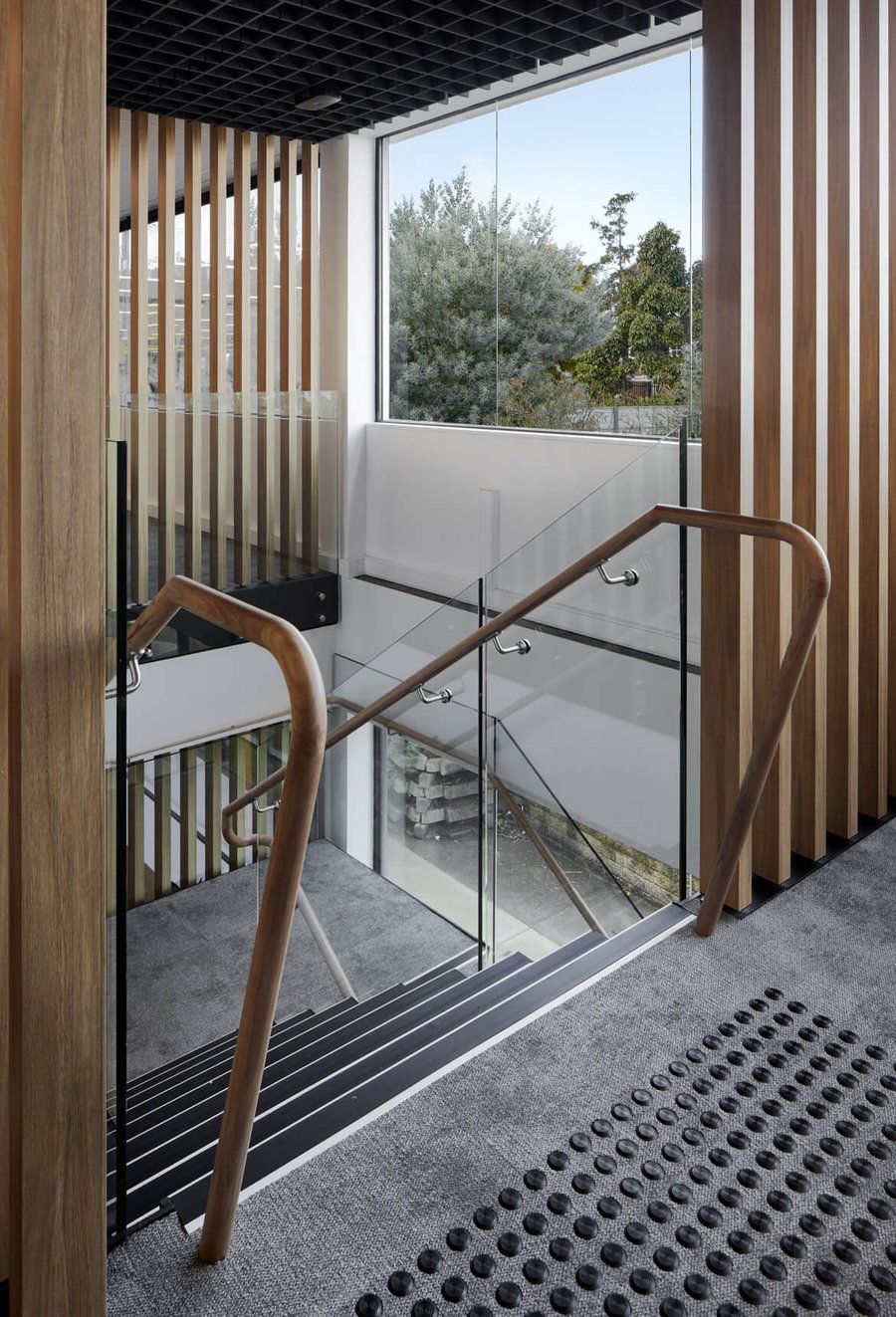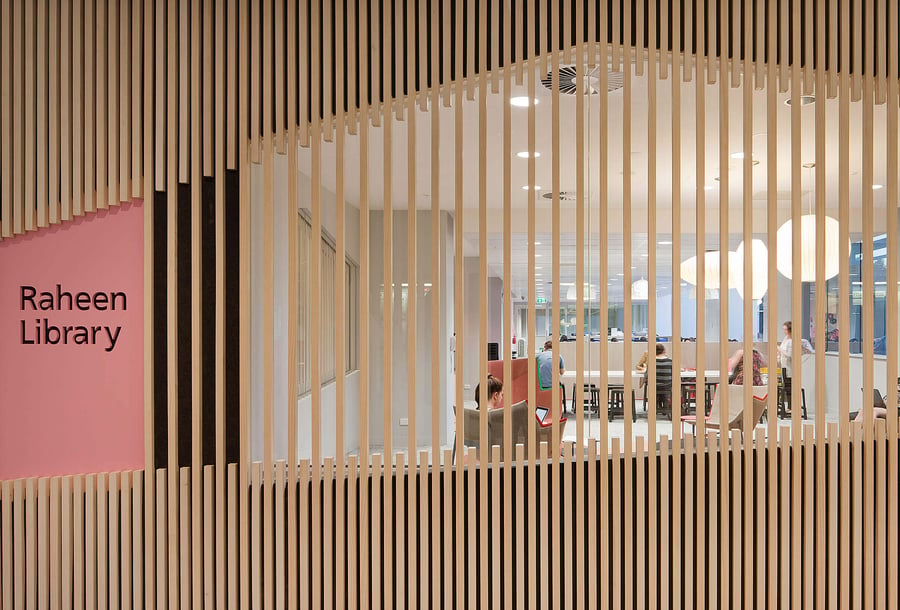21 January 2024

Architectural screens are more than just aesthetic elements; they serve functional purposes such as privacy, light control, and spatial division. Whether used in facades, interiors, or landscaping, screens can transform a space by adding depth, texture, and functionality. In this guide, we’ll explore practical ways to integrate screens into your architectural designs with real-world applications and case studies.
The entrance of a building sets the tone for the entire space. Architectural screens can create a striking first impression by adding depth, guiding visitors, and providing subtle separation from the exterior. Depending on their design, architectural screens can create a positive impression upon arrival and help guide visitors into a space.
This guiding of people within a space is called wayfinding and screens can be used to achieve this by creating a sense of direction or by integrating signage. Another benefit of screens in entrances is that they create additional protection from drafts and added privacy from the prying eyes of passerby’s.
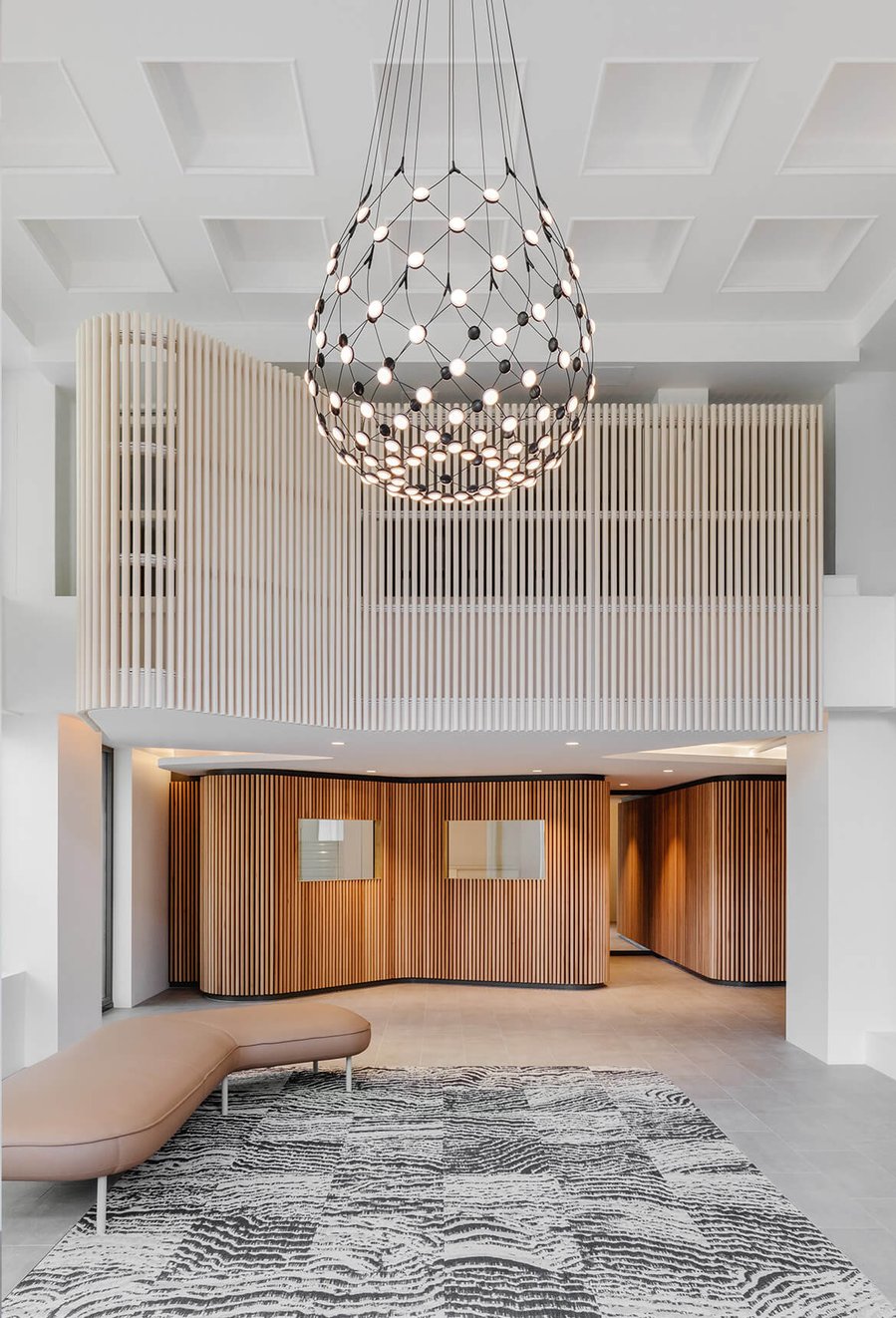
Atoma Design envisaged a curved ribbon of timber Click-on Battens to encase the foyer, intending to make it visually and physically seamless for residents to move within the space. This extends to the screen above, in Banjo Pine, which is encased in a white coating, contrasting perfectly with the honey-toned Blackbutt’s warm hues.
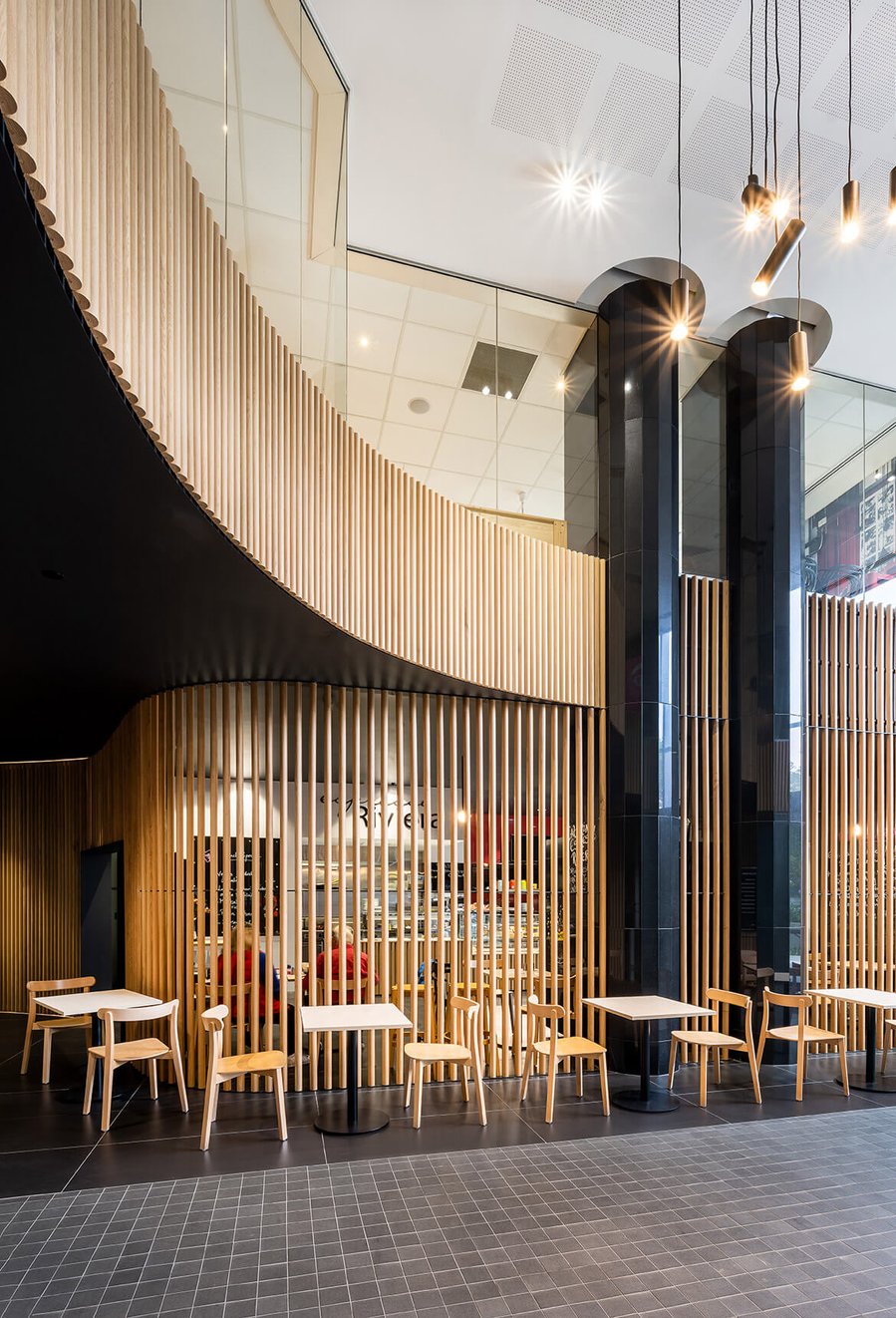
This foyer exudes elegance. With sinuous curves and protruding dome profile Click-on Battens, the area is an inviting space to all who enter. White Oak is the star of the design, with it applied as a Free Standing Timber Screen to separate the entrance from the café.
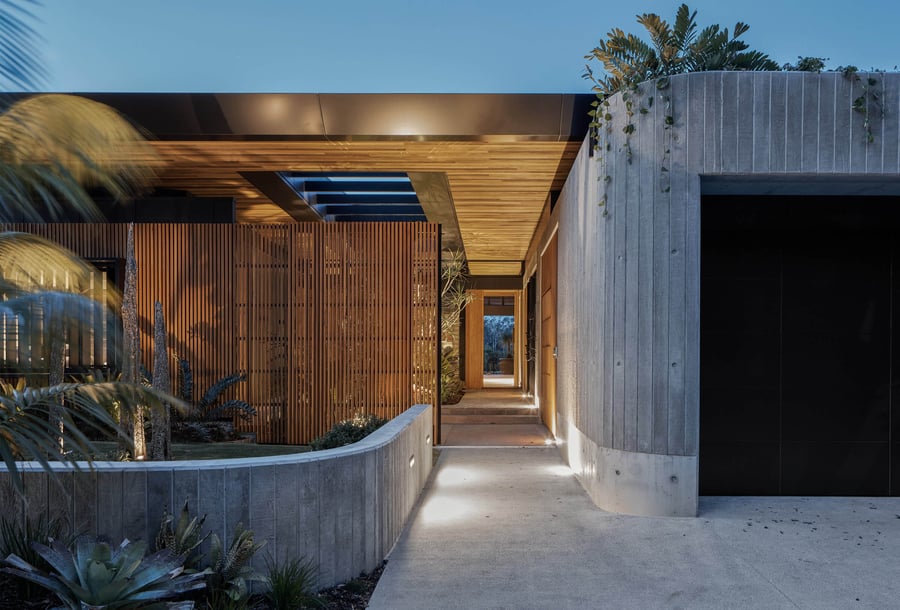
Concrete, steel and timber are the main palettes of materials used to paint a striking facade unlike any other. Timber battens made from the ever-popular species, Blackbutt, in a flute profile, line the front and sides of the home to create a screen. This allows natural light to filter through while also providing adequate privacy from onlookers -as there is sure to be many after it was named the Australian House of the Year 2020.
Screens are so versatile and easy to install in a range of settings. Their effectiveness at screening unsightly areas or even covering appliances in a kitchen makes them a popular choice within interiors. This is where the practical benefits of screens can really benefit a space.
Architectural screens are a clever way to hide mechanical equipment, storage areas, or unsightly building components without sacrificing aesthetics. Screens can also be applied in kitchens to cover doors or appliances without disrupting the design aesthetic. These examples are demonstrated throughout Cove House, the Australian House of the Year 2020.
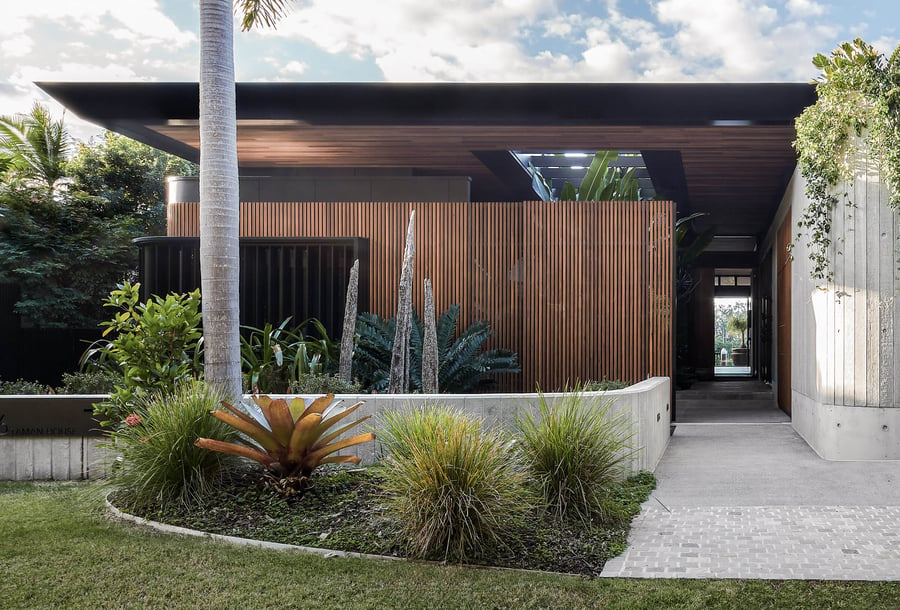
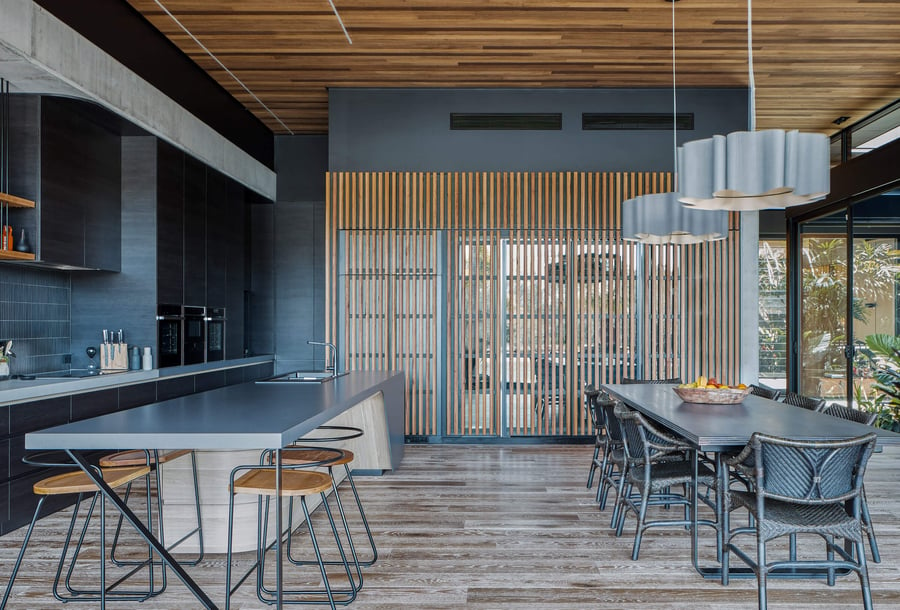

Screens can really heighten the appeal of a facade, thanks to the texture and form they provide. Architectural screens serve as a visual feature and provide practical benefits, such as privacy. Timber or aluminium battens can be coated for exterior use, giving specifiers the freedom to create their vision without the worry of rapid aging.
Screens work well on facades as they capture natural sunlight which filters perfectly throughout the design. This creates shadowing, depth and raised areas that seem to pop out at you. Screens are a practical and affordable solution for facades to create a unique look on a building. The patterning and texture they provide is exceptional (as well as durable) and provides a lasting impression to all who view the finished product.
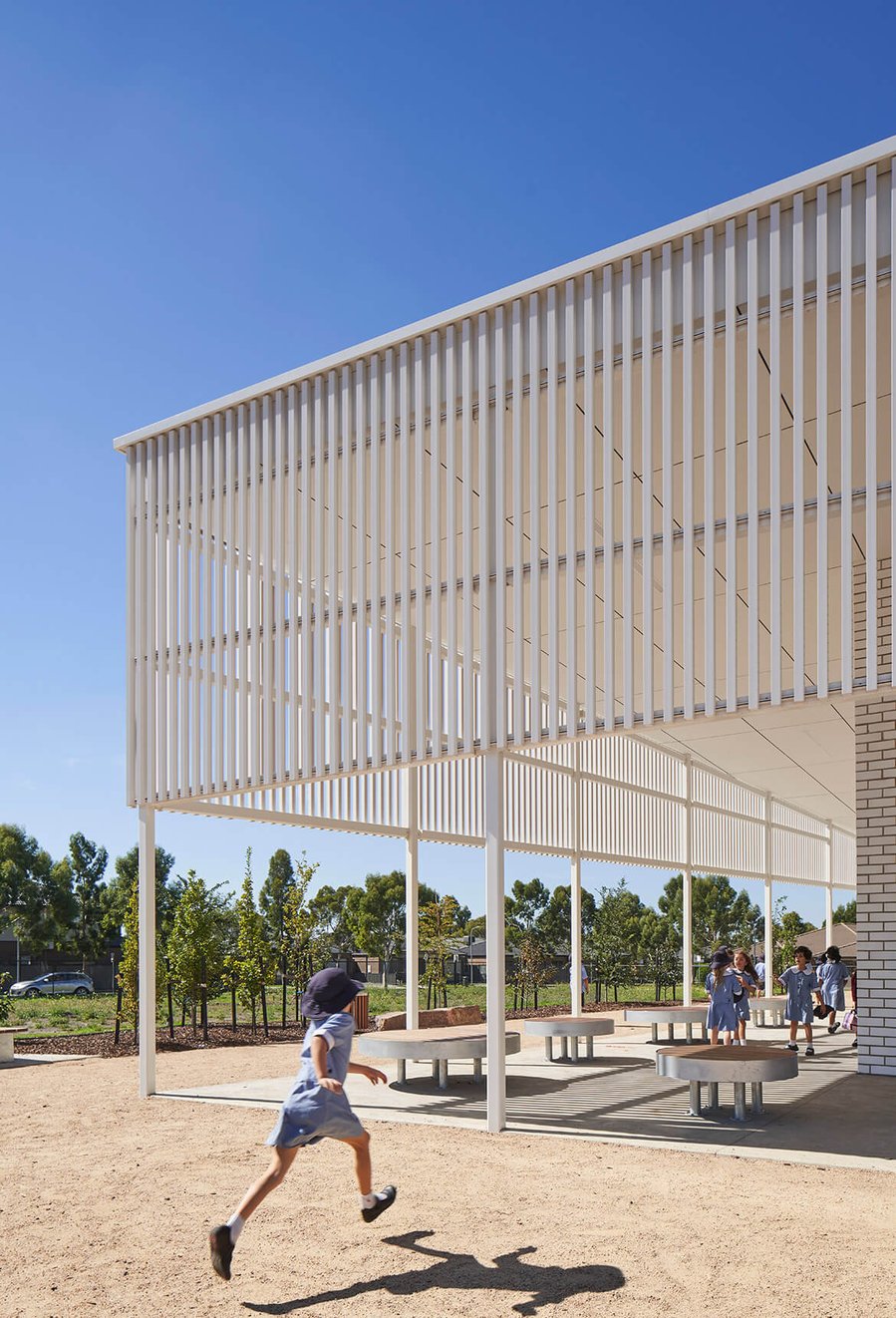
A beautiful feature of this design is a batten screen encasing the roofline, constructed from aluminium Click-on Battens. The battens line the perimeter of the building as a screen. This frames the deep loggia spaces surrounding the building, providing shelter and a variety of gathering spaces for the students.
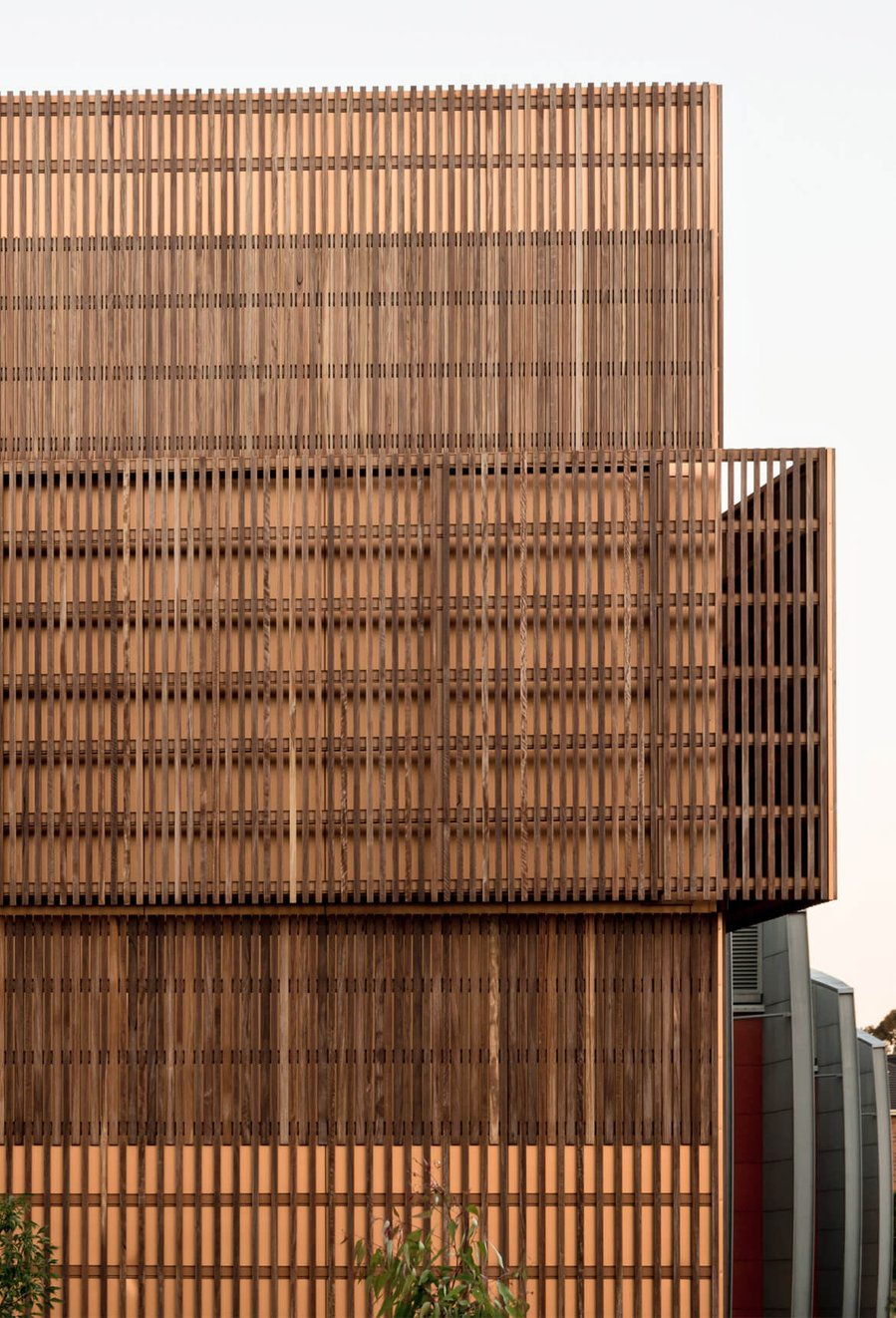
The facade of Boroondara Sports Centre is designed in such a way to make any passerby stare in awe. The sheer amount of timber used is impressive and provides an appealing entrance for users. The facade is lined with spotted gum timber Click-on Battens and are placed in a repetitive pattern along the walls, which are built in altering depths and directions.

The facade encapsulates the entire home into a single form, creating a unique look for this single residential property. Click-on Battens were used to create the amazing facade, using Satin White Powder coated Battens. These battens were spaced at 100mm, creating linear textures over the structure.
Wet areas often need increased privacy and separation of areas, this is where screens are an excellent design choice. They can be applied in a range of durable materials including aluminium and timber.
The interior pool area of Aqui Promenade uses Click-on Battens to create feature walls and ceilings which suit the space aesthetically while being able to withstand the wet environment. This project uses timber across multiple areas including a gym, lobby and the interior pool area, with it used to create screens in these areas. Once it is coated, timber can become resistant to high moisture environments and provides a natural aesthetic across an interior.

Click-on Screens have been meticulously designed to provide a clean, linear, 360-degree screening product. Unmatched elsewhere within the market, the open batten system can be used as a balustrade infill or free-standing screen with timber or aluminium.

Give employees some privacy within their work areas with screens. Depending on the material, they can provide sound absorption (acoustic performance) as well as contribute to an inviting and comfortable space.
In open-plan style offices where meeting or lounge areas need to be separated, a simple screen can make a world of difference. Without cutting off the space from the wider room, a screen allows for visual connectivity allowing occupants to remain connected.
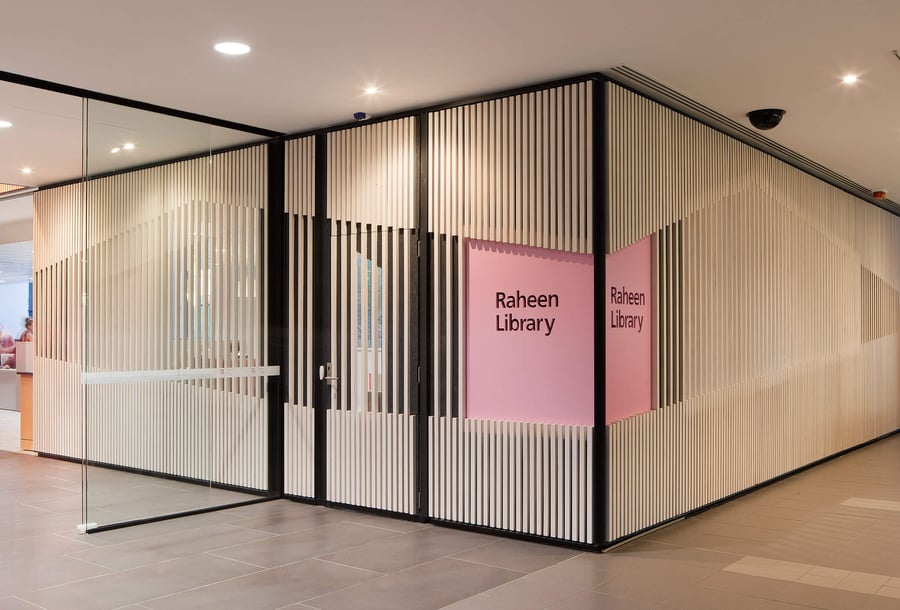
Banjo Pine Click-on Battens were used creatively by Woods Bagot. The material was implemented to provide screens over glass windows which also integrated to cover walls. The rich light colour of the timber provides a calming accent to the library.
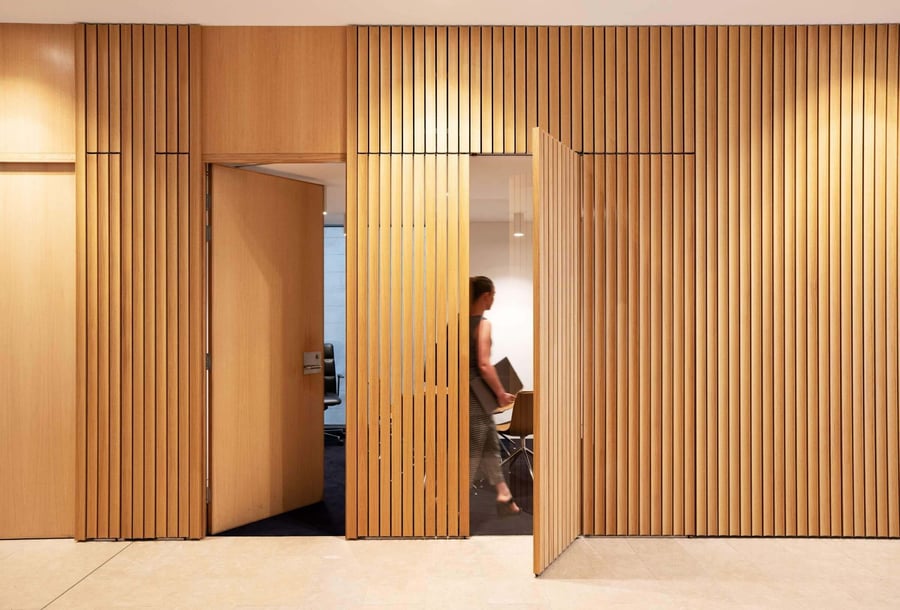
Click-on Battens are used to conceal the mediation rooms, helping to seamlessly integrate them into their surroundings. The batten screens also offer privacy, while allowing some visibility outside the room. When folded back, a large window is revealed into the rooms, becoming a contemporary feature.
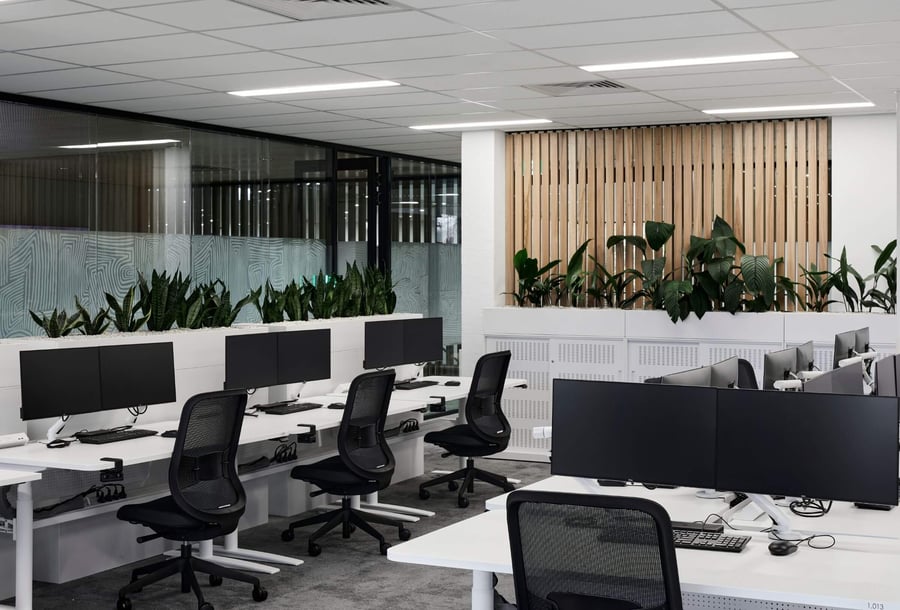
A colour scheme of blue, green, white, black, grey and warm peach and burgundy tones mix well with the large quantity of timber wall battens and screens within this office. The screen picture here is made from our Free Standing Screen in popular timber species Blackbutt. It simply divides the space and adds interest to the area.
